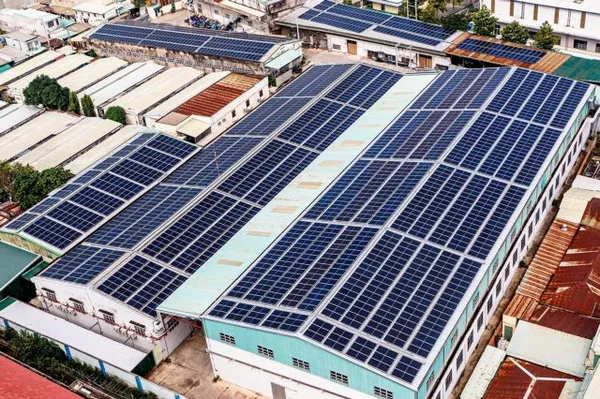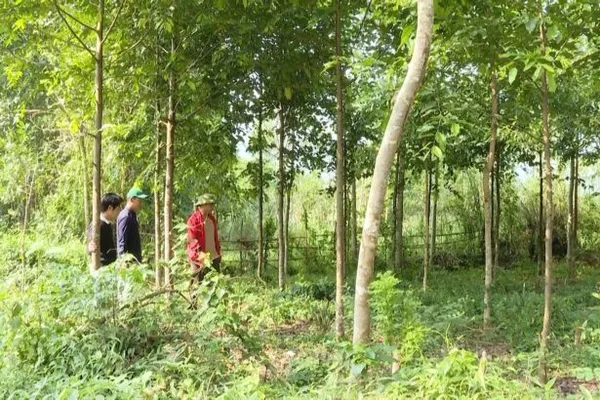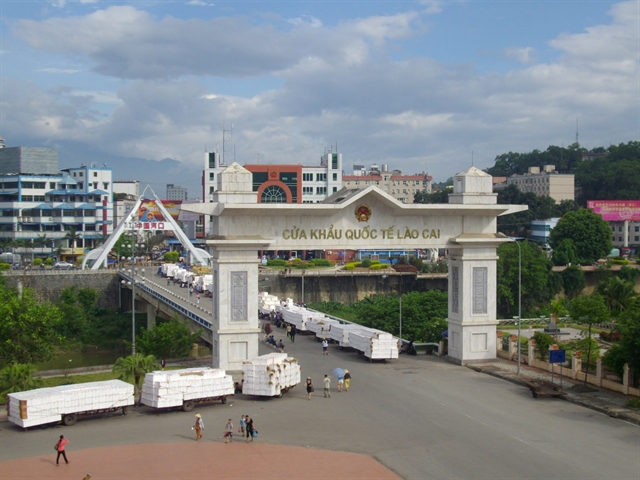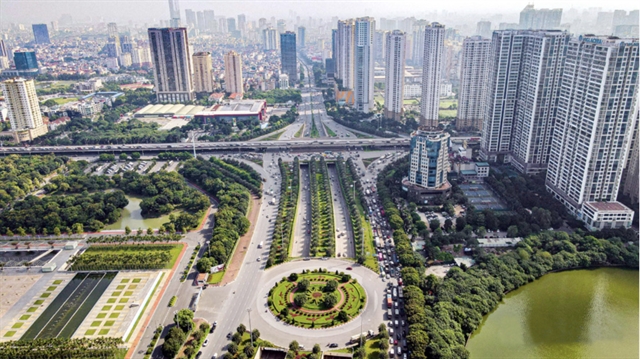 Economy
Economy

Authorities in China’s Guangxi Province have decided to extend the closure of border markets and continue to suspend the trading of goods by individuals until the end of February, according to the Consulate General of Việt Nam in Guangxi Province, China.

|
| About 580 tonnes of Việt Nam's agricultural products were exported to China via the Kim Thành International Border Gate No2 in Lào Cai on Sunday. Photo tuyengiao.vn |
HÀ NỘI – Authorities in China’s Guangxi Province have decided to extend the closure of border markets and continue to suspend the trading of goods by individuals until the end of February, according to the Consulate General of Việt Nam in Guangxi Province, China.
Việt Nam’s Ministry of Industry and Trade (MoIT) also said that authorities in Yunnan Province have so far released no official information on this issue, but due to the continuing threat of the epidemic, they are likely to make the same decision.
Individual trade at border markets is still the main way of exporting some of Việt Nam’s farming produce to China, including dragon fruits and watermelons.
Therefore, this decision is expected to have a significant impact on exporting these agricultural products to the neighbouring country, according to MoIT.
MoIT and the Ministry of Agriculture and Rural Development recently issued warnings about the problem.
The two ministries have proposed local businesses regulate the volume of exported dragon fruits and watermelons via individuals at the border markets and increase exports under contracts.
The batches of agricultural products exported under contracts, including dragon fruit and watermelon, are still allowed to carry out customs procedures as usual, though clearance takes longer due to strict measures for control of the epidemic.
According to reports from provinces sharing a border with China, as of February 9 (Sunday), there were only 173 trucks carrying dragon fruits in Lạng Sơn Province and 152 in Lào Cai Province, not much higher than the volume at the end of January.
MoIT has requested logistics enterprises, especially those with cold storage, to continue supporting agricultural businesses facing difficulties in export to China, including giving priority to farm produce in need of preservation and reducing costs for storage, warehousing, transport, and loading and unloading of goods.
The MoIT has also proposed distribution businesses, trade centres and supermarkets continue to help farmers sell the produce.
Meanwhile, the ministry and the Ministry of Agriculture and Rural Development would continue to find new export markets and partners, including trade offices and commercial counsellors of Việt Nam in other countries, promoting consumption of agricultural products.
Exports in Lào Cai
On Sunday, a MoIT delegation led by Deputy Minister Trần Quốc Khánh with representatives of the Import and Export Department and the Asia-Africa Market Department visited Lào Cai Province to work with provincial authorities on border trade activities.
Đỗ Trường Giang, director of Lào Cai Department of Industry and Trade, said the province has enhanced measures to control the coronavirus epidemic in border gate areas. It has created favourable conditions for goods traded between the two countries.
Lào Cai has also established a hotline with the authorities at the Hà Khẩu (Hekou) border gate in China to coordinate in customs clearance and control of the epidemic.
Speaking at the meeting, Phan Văn Chinh, director of the Import-Export Department, said the ministry has implemented solutions to find alternative export markets and target the domestic market.
Lê Hoàng Oanh, director of the Asia-Africa Market Department, said that seeking new markets and boosting trade promotion activities would diversify markets. Meanwhile, quality assurance and traceability are very important for sustainable exports to China as well as other markets.
According to the Lào Cai Border Gate Customs Sub-Department, 580 tonnes of Việt Nam's agricultural products were exported to China via the Kim Thành International Border Gate No 2 on Sunday, earning over US$266,800. Most was stockpiled during the Tết (Lunar New Year) holiday.
Now, due to the coronavirus epidemic, the businesses have reduced exported goods via Lào Cai.
Trần Anh Tú, Deputy Director of Lào Cai Border Gate Customs Sub-Department, said usually, about 2,000 Vietnamese people unload goods in China's border market in Hà Khẩu (Hekou) Town but this labour force has not come back due to the epidemic. This has caused difficulties for Chinese businesses importing Vietnamese agricultural products.
According to the Lào Cai Department of Industry and Trade, the total trade value at border gates in Lào Cai last year reached $3.8 billion; including $2.6 billion from exports. The total volume of agricultural products traded at the border gates was 1.57 million tonnes with a total trade value of over $1 billion. VNS









